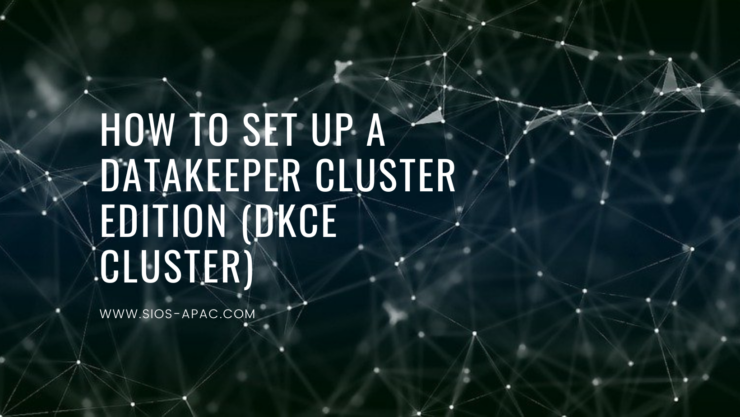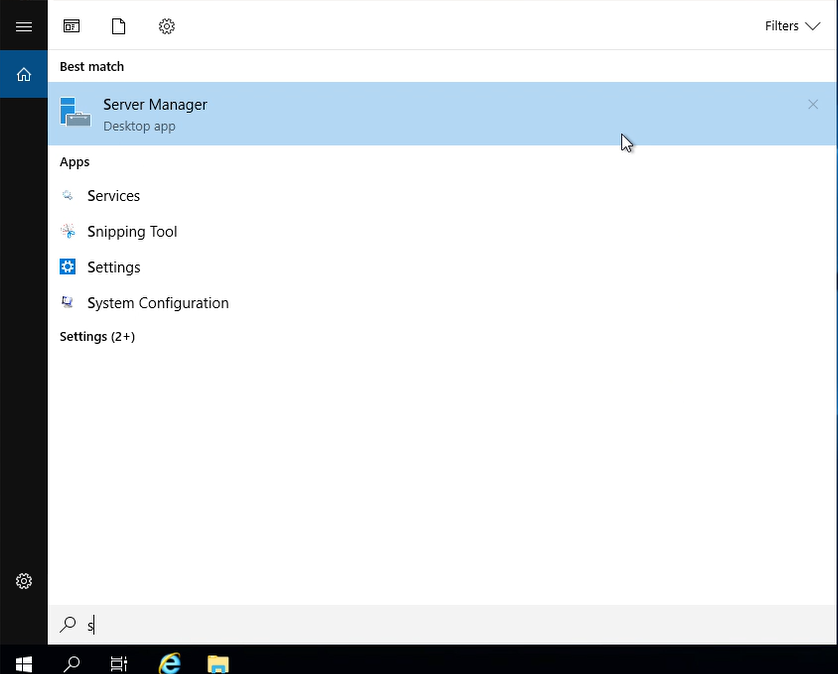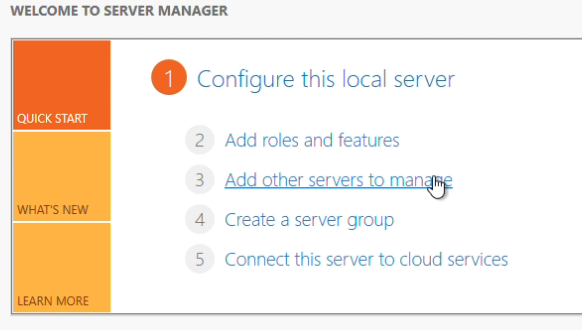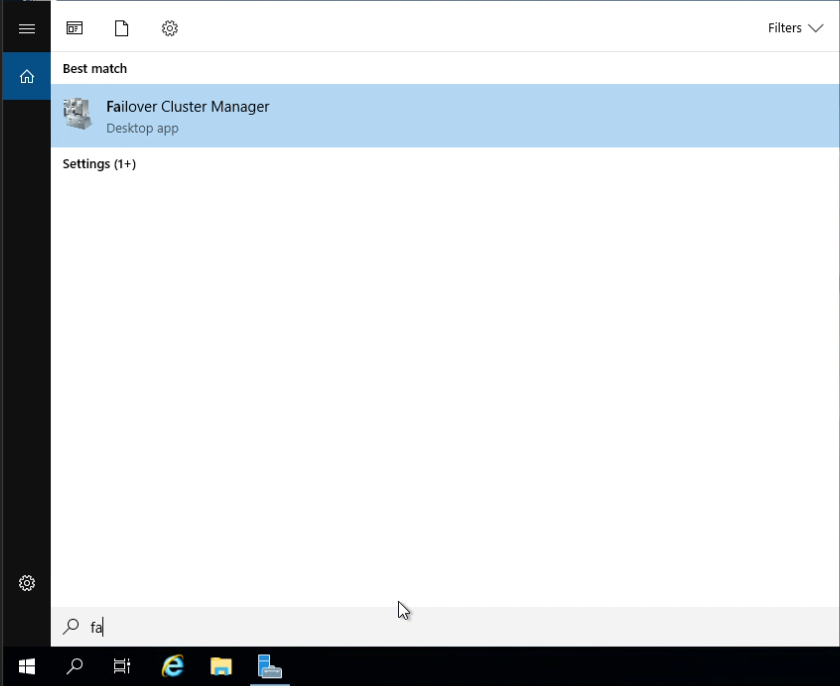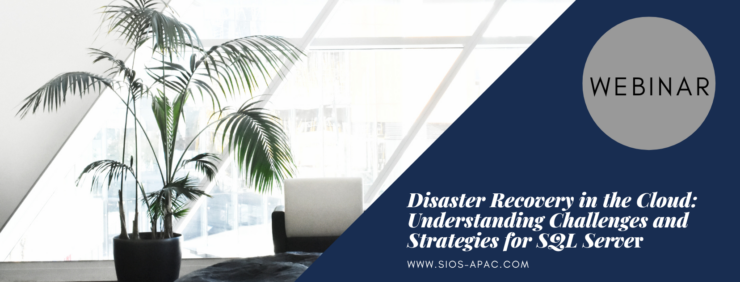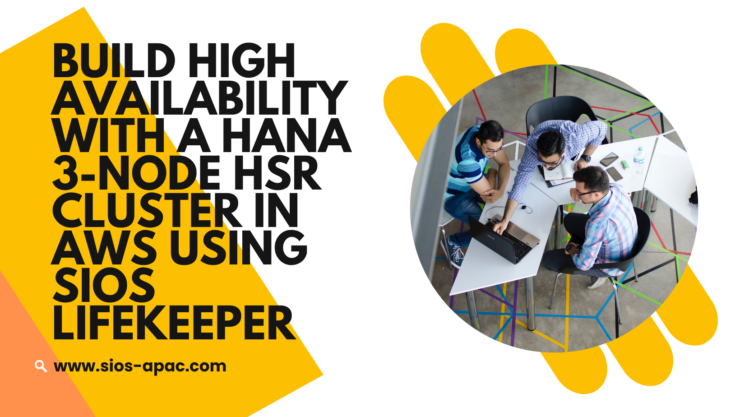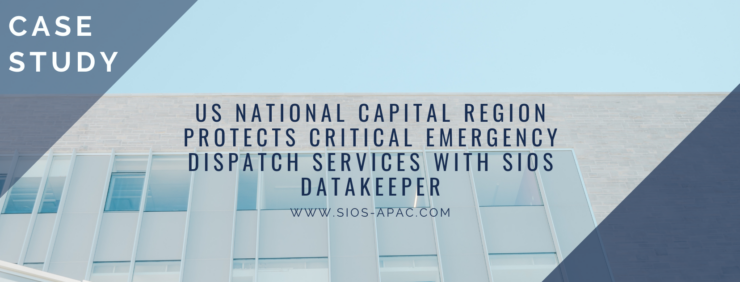| January 30, 2024 |
How to Set Up a DataKeeper Cluster Edition (DKCE Cluster) |
| January 24, 2024 |
Ensuring Access To Critical Educational Applications |
| January 19, 2024 |
Webinar: Disaster Recovery in the Cloud: Understanding Challenges and Strategies for SQL Server |
| January 14, 2024 |
Build High Availability with a HANA 3-Node HSR Cluster in AWS Using SIOS LifeKeeper |
| January 9, 2024 |
US National Capital Region Protects Critical Emergency Dispatch Services with SIOS DataKeeper |
